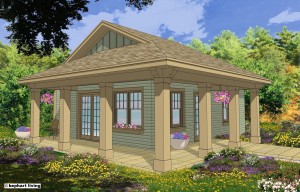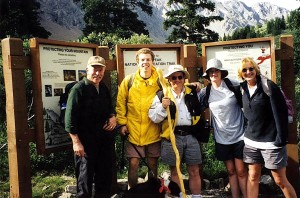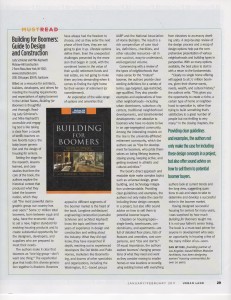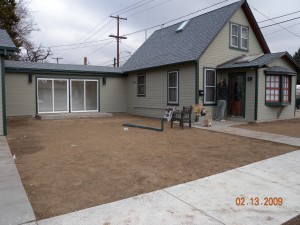Blog Imprints
1 /31/10
 Imprints are strong emotional experiences in our lives that have
Imprints are strong emotional experiences in our lives that have
“imprinted” themselves on our brain to become part of the tapestry of
memories that shape our responses to ideas in our living environment,
such as; comfort, safety, social status, happiness, fun, and the connection
with others. These “imprints” come into play when we think of, the home,
of our childhood neighborhood, or when we first experience a space new
to us, such as a renovated Loft in an urban setting or a new model home
in suburbia. Our reactions, influenced by our imprints, are gut level or
instinctual rather than the reasoned analysis of: location, home size, and
cost. Imprints can be either positive or negative.
If our imprints from the past were largely positive ones from an
experience of rural living, we might have a difficult time seeing that
contemporary downtown loft as an attractive place to live and the
suburban neighborhood, full of tightly spaced homes, could be as
unappealing to us as well. Changing our current imprints is difficult, so
our reactions to experiences will not easily change, but new imprints
are being formed every day as we learn and grow and these replace
those old imprints over time.
You can see why people often choose lifestyles similar to their parents
and are slow to turn to new ideas and forms of living, like lofts, or in the
case of someone who grew up in a city apartment and couldn’t imagine
living in a single family home much less a small town. It takes time to
learn to accept change and imprints, or the lack of them. They are some
of the reasons the design of our homes evolves so slowly, and new ideas
are greeted more with suspicion than acceptance. That’s how it’s been
with my neighbors and their suspicion of accessory dwellings. They say
they are concerned about parking, the potential shading of a neighbor’s
garden, or the design compatibility of the new additions to the
neighborhood architectural fabric. That’s what they say, but they may
be reacting instinctually to old imprints they still harbor within
themselves. Part of our job is to give them reason to develop new
positive imprints with beautiful efficient non‐intrusive backyard
cottages that they can point to with pride.




















